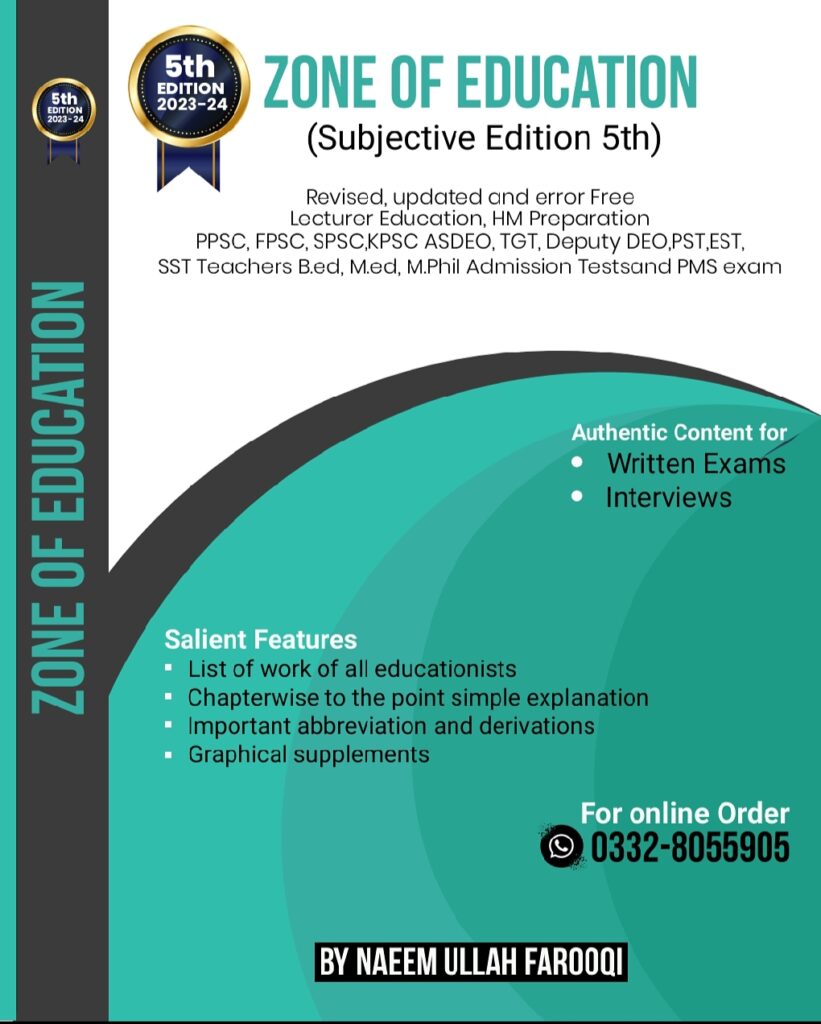Psychology
.1. The special research techniques used to study the biological basis of ____ show that empirical methods are the lifeblood of the scientific enterprise:
o A. Thinking
o B. Behaviour
o C. Sensuality
o D. Logicality
o Ans: (B) Behaviour
2. Specialized for handling different cognitive tasks, but only to a degree, and people vary in their patterns of hemispheric specialization are:
o A. The cerebral hemispheres
o B. The limbic network
o C. The skeletal system
o D. All of the above
o Ans: (A) The cerebral hemispheres
3. The individual cells in the nervous system that receive, integrate, and transmit information are:
o A. Neurons
o B. Limbs
o C. Cells
o D. Bones
o Ans: (A) Neurons
4. The ____ or cell body contains the cell nucleus and much of the chemical machinery common to most cells:
o A. Spinal cord
o B. Soma
o C. The chromosomes
o D. None of the above
o Ans: (B) Soma
5. The parts of a neuron that are specialized to receive information are:
o A. Dendrites
o B. Cerebrum
o C. Axons
o D. None of the above
o Ans: (A) Dendrites
6. A long thin fibre that transmits signals away from the soma to other neurons or to muscles and glands is known as:
o A. The axon
o B. The dendrite
o C. The cerebrum
o D. None of the above
o Ans: (A) The axon
7. Terminal buttons, which are small knobs that secrete chemicals, are called:
o A. Neurotransmitters
o B. Neuro receptors
o C. Neuro assimilators
o D. All of the above
o Ans: (A) Neurotransmitters
8. A junction where information is transmitted from one neuron to another is called:
o A. A synapse
o B. A cell
o C. A gene
o D. None of the above
o Ans: (A) A synapse
9. Cells found throughout the nervous system that provide various types of support for neurons are called:
o A. Glia
o B. Glands
o C. Impulses
o D. None of the above
o Ans: (A) Glia
10. The minimum length of time after an action potential during which another action potential cannot begin is:
o A. The absolute refractory period
o B. The complex period
o C. The inconclusive period
o D. All of the above
o Ans: (A) The absolute refractory period
11. A chemical that opposes the action of a neurotransmitter is:
o A. An agonist
o B. An antagonist
o C. A pathway
o D. None of the above
o Ans: (B) An antagonist
12. The system made up of nerves that connect to voluntary skeletal muscles and to sensory receptors is:
o A. Somatic nervous
o B. Genetic
o C. Instinctual
o D. None of the above
o Ans: (A) Somatic nervous
13. ____ of the brain (ESB) involves sending a weak electric current into a brain structure to stimulate it:
o A. Electric Stimulation
o B. Instinctual Stimulation
o C. Sensical Stimulation
o D. All of the above
o Ans: (A) Electric Stimulation
14. A device that monitors the electrical activity of the brain over time by means of electrodes attached to the surface of the scalp is:
o A. The electroencephalograph (EEG)
o B. The electrochemical
o C. The brain flash
o D. None of the above
o Ans: (A) The electroencephalograph (EEG)
15. A new technique that permits scientists to temporarily enhance or depress activity in a specific area of the brain is:
o A. Transcranial magnetic stimulation (TMS)
o B. Electroencephalograph (EEG)
o C. Electric Stimulation of the brain (ESB)
o D. None of the above
o Ans: (A) Transcranial magnetic stimulation (TMS)
16. The ____ includes the cerebrum and two structures found in the lower part of the brainstem: the medulla and the pons:
o A. Hindbrain
o B. Forebrain
o C. Midbrain
o D. All of the above
o Ans: (A) Hindbrain
17. The segment of the brainstem that lies between the hindbrain and the forebrain is:
o A. The midbrain
o B. The cerebrum
o C. The medulla
o D. All of the above
o Ans: (A) The midbrain
18. A loosely connected network of structures located roughly along the border between the cerebral cortex and deeper subcortical areas is:
o A. The nervous system
o B. The limbic system
o C. The genetic system
o D. None of the above
o Ans: (B) The limbic system
19. The largest, most complex region of the brain encompassing a variety of structures, including the thalamus, hypothalamus, limbic system, and cerebrum is:
o A. The hindbrain
o B. The midbrain
o C. The forebrain
o D. All of the above
o Ans: (C) The forebrain
20. The convoluted outer layer of the cerebrum is:
o A. The cerebral cortex
o B. The corpus callosum
o C. The cerebral hemisphere
o D. All of the above
o Ans: (A) The cerebral cortex
21. In the bundle of fibres that connects the cerebral hemispheres (the corpus callosum) is cut to reduce the severity of epileptic seizures, this procedure is called:
o A. Split brain surgery
o B. Full brain surgery
o C. Clinical observation of the brain
o D. None of the above
o Ans: (A) Split brain surgery
22. DNA segments that serve as the key functional units in hereditary transmission are known as:
o A. Genes
o B. Scalps
o C. Tissues
o D. Chromosomes
o Ans: (A) Genes
23. The process of determining the location and chemical sequence of specific genes on specific chromosomes is known as:
o A. Genetic mapping
o B. Adoption
o C. Phenotype
o D. Genotype
o Ans: (A) Genetic mapping
24. An inherited characteristic that increased in a population (through natural selection) because it helped solve a problem of survival or reproduction during the time it emerged is known as:
o A. Adoption
o B. Adaptation
o C. Similarity
o D. All of the above
o Ans: (B) Adaptation
1. A limited time span in the development of an organism when it is optimal for certain capacities to emerge because the organism is especially responsive to environmental experiences is termed as:
o A. A selective period
o B. A developing period
o C. A critical period
o D. None of the above
o Ans: (C) A critical period
2. By using microelectrodes to record the electrical activity in individual neurons, Hodgkin and ____ unraveled the mystery of the neural impulse:
o A. Elizabeth Gould
o B. Charles Darwin
o C. Huxley
o D. James Olds
o Ans: (C) Huxley
3. Who has asserted the following? “Can we doubt (remembering that many more individuals are born than can possibly survive) that individuals having any advantages, however slight, over others would have the best chance of surviving and procreating their kind? This preservation of favorable variations and the rejection of injurious variations I call Natural Selection”:
o A. Charles Darwin
o B. John B. Watson
o C. Mary Calkins
o D. None of the above
o Ans: (A) Charles Darwin
4. Who has asserted the following? “The transformation of social and behavioral sciences from environmentalism to biological determinism is happening so fast that I find I more often have to say, ‘Yes, genetic influences are substantial, but environmental influences are important too'”:
o A. Charles Darwin
o B. Robert Plomin
o C. Elizabeth Gould
o D. Huxley
o Ans: (B) Robert Plomin
5. Sounds presented to the right ear are registered:
o A. In the right hemisphere
o B. More quickly in the left hemisphere
o C. In neither hemisphere
o D. None of the above
o Ans: (B) More quickly in the left hemisphere
6. ____ in evolutionary theory refers to the reproductive success of an individual organism relative to the average reproductive success in the population:
o A. Natural selection
o B. Fitness
o C. Adaptation
o D. Adoption
o Ans: (B) Fitness
JOIN ZONE OF EDUCATIONPK!
Discover the most comprehensive and reliable pedagogy resources in Pakistan, curated for competitive exam success. Our content covers all competitive exam MCQs, including PPSC, FPSC, AJKPSC, SPSC, and more. Designed to empower learners with top-notch material and insights, trust us for your preparation journey!


